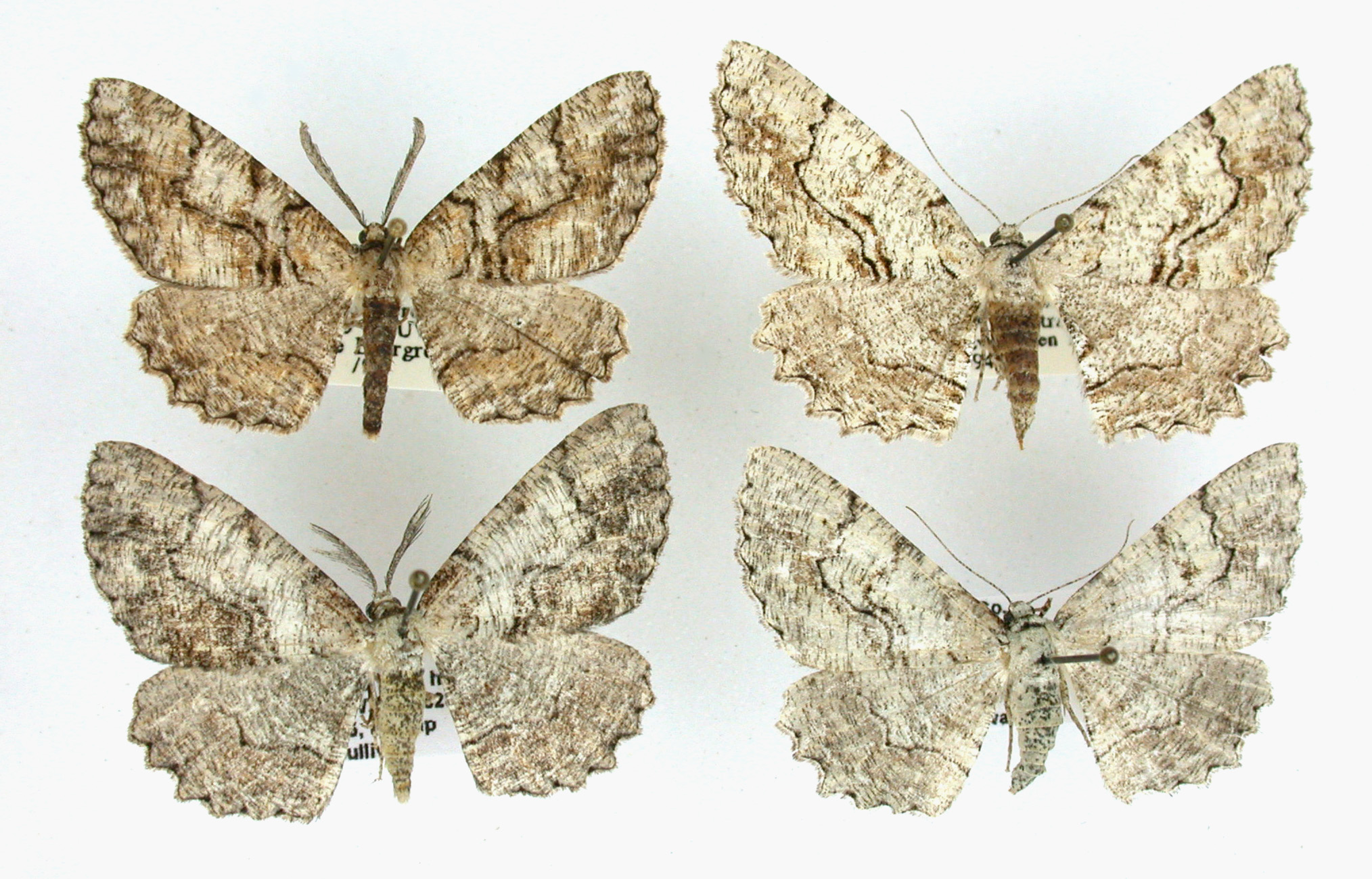
| Recorded by: Mark Basinger on 2025-11-07
Brunswick Co.
Comment: | 
| Recorded by: Mark Basinger on 2025-10-25
Brunswick Co.
Comment: |

| Recorded by: R. Newman on 2025-10-18
Carteret Co.
Comment: | 
| Recorded by: Nora Murdock on 2025-10-17
Henderson Co.
Comment: |

| Recorded by: G. Newman on 2025-10-15
Onslow Co.
Comment: | 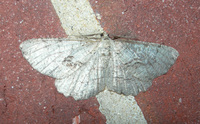
| Recorded by: R. Newman on 2025-10-13
Carteret Co.
Comment: |
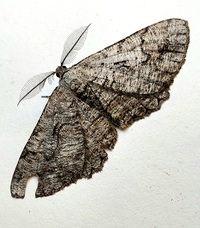
| Recorded by: Mark Basinger on 2025-10-02
Richmond Co.
Comment: | 
| Recorded by: Mark Basinger on 2025-10-02
Richmond Co.
Comment: |

| Recorded by: Mark Basinger on 2025-09-28
Brunswick Co.
Comment: | 
| Recorded by: Mark Basinger on 2025-09-27
Brunswick Co.
Comment: |
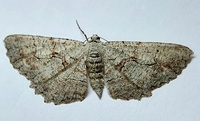
| Recorded by: Mark Basinger on 2024-11-03
Brunswick Co.
Comment: | 
| Recorded by: R. Newman on 2024-10-21
Carteret Co.
Comment: |
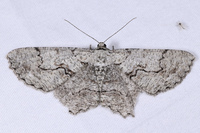
| Recorded by: John Petranka on 2024-10-21
Wayne Co.
Comment: | 
| Recorded by: Mark Basinger on 2024-10-20
Brunswick Co.
Comment: |
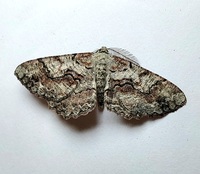
| Recorded by: Mark Basinger on 2024-10-19
Brunswick Co.
Comment: | 
| Recorded by: R. Newman on 2024-10-07
Carteret Co.
Comment: |
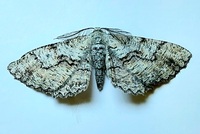
| Recorded by: Mark Basinger on 2024-10-06
Brunswick Co.
Comment: | 
| Recorded by: R. Newman on 2023-11-04
Carteret Co.
Comment: |
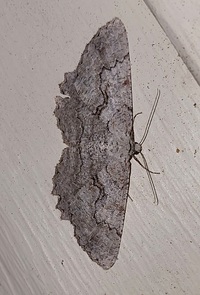
| Recorded by: Mark Basinger on 2023-10-29
Brunswick Co.
Comment: | 
| Recorded by: R. Newman on 2023-10-25
Carteret Co.
Comment: |

| Recorded by: R. Newman on 2022-10-18
Carteret Co.
Comment: | 
| Recorded by: K. Bischof on 2022-10-04
Transylvania Co.
Comment: |
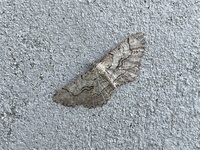
| Recorded by: Morgan Freese on 2021-11-11
New Hanover Co.
Comment: | 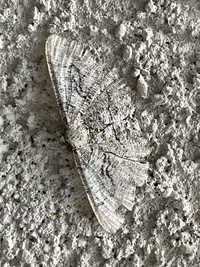
| Recorded by: Morgan Freese on 2021-11-02
New Hanover Co.
Comment: |
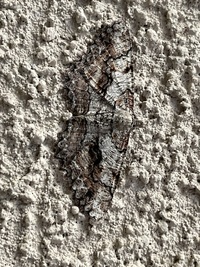
| Recorded by: Morgan Freese on 2021-10-20
New Hanover Co.
Comment: | 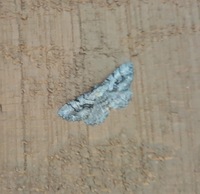
| Recorded by: Michael P. Morales on 2021-10-11
Cumberland Co.
Comment: |
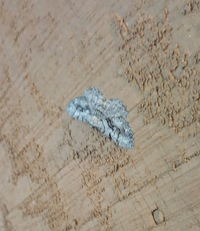
| Recorded by: Michael P. Morales on 2021-10-11
Cumberland Co.
Comment: | 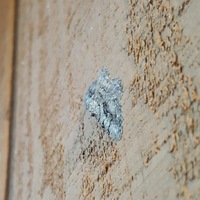
| Recorded by: Michael P. Morales on 2021-10-11
Cumberland Co.
Comment: |

| Recorded by: R. Newman on 2020-10-23
Carteret Co.
Comment: | 
| Recorded by: R. Newman on 2020-10-22
Carteret Co.
Comment: |
|

 »
»
